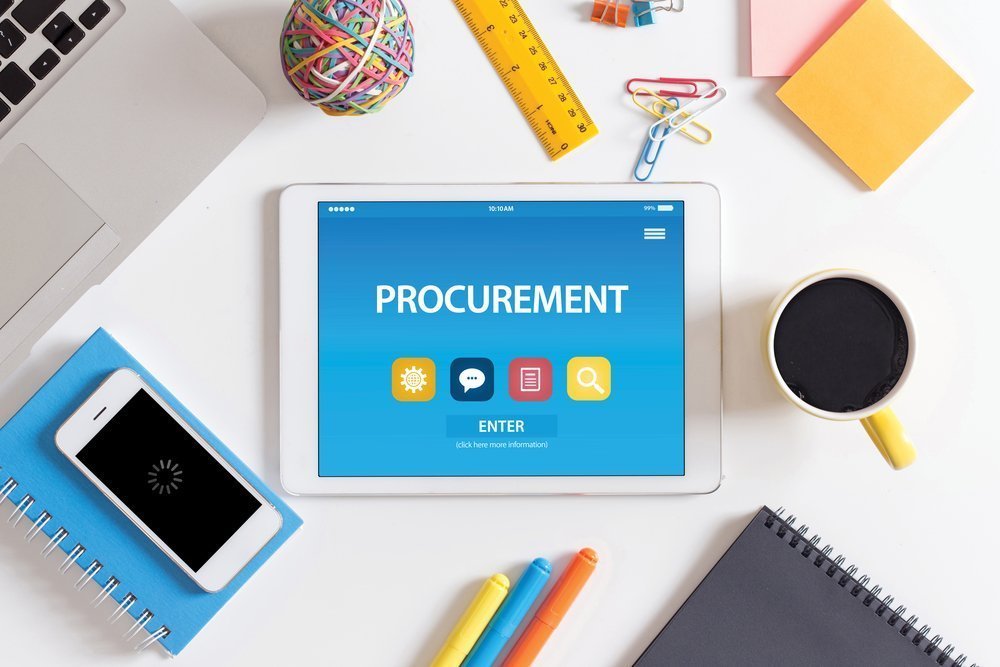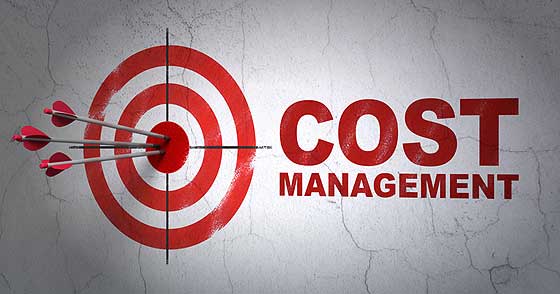Module 1: Procurement and supply principles
Know the roles of procurement and supply within organizations
Define the standard terms that describe aspects of procurement and supply
Describe the functions of procurement and supply in organizations
Describe the benefits of efficient procurement for organizations
Identify the five rights of procurement and supply
Know how products and services are received from suppliers and delivered to customers
Describe the delivery of products and services that organizations make to customers
Describe the delivery of products and services produced by external suppliers
Know the main stages of the sourcing process
Describe the main steps of a sourcing process
Understand what makes up the main components of a supply chain
Explain the main elements of a supply chain
Module 2: Procurement and supply functions
Know the main types of organizations and how they operate
Identify the main types of organizations
Describe how organizations operate
Identify the primary operating functions within organizations
Know the main elements of a procurement and supply function
Describe the use of mission and vision statements and objectives by a procurement and supply function
Describe the principal roles and structures of a procurement and supply function within an organization
Define the main procedures that can be created by a procurement and supply function
Know the main market factors that impact on a procurement and supply function
Identify the main economic sectors that effect on a procurement and supply function
Describe the impact of demand and supply on markets
Describe how market factors impact on the procurement and supply activities of an organization
Module 3: Procurement and supply processes
Know the main components of contractual agreements
Describe the main types of contracts
Identify the main kinds of pricing arrangements applied in commercial contracts
Describe the different documents that compose a contract for the purchase or supply of goods or services
Know the primary sources of information on suppliers and customers
Describe the use of the Internet to locate details about suppliers and customers
Describe the use of credit rating agencies
Describe the purpose of intranet, extranet and internet sites to publicise information
Know the main types of systems for supplier selection, ordering, and payment
Describe the use of electronic sourcing systems for supplier selection
Identify methods used in procurement and supply
Describe P2P (purchase to pay)systems for ordering from suppliers and payment to suppliers
Module 4: Procurement and supply administration
Understand the need for the effective and efficient administration of purchases made with external suppliers
Define effective and efficient management
Explain the administration of the pre-contract stages of a sourcing process
Explain the administration of the award and post-award stages of a sourcing process
Describe the need for approval in the administration of procurement and supply
Know the main techniques used for ordering supplies
Describe what is meant by direct and indirectsupplies
Identify the main costs associated with holding inventories
Describe techniques commonly used for ordering inventories
Know the main approaches to achieving timely deliveries of products orservices
Define the processes that should be used when expediting supplies
Describe the importance of effective communication with suppliers and customers o achieve timely deliveries
Describe the use of forecasting to achieve timely deliveries of supplies
Module 5: Procurement and supply stakeholders
Know the main stakeholders in procurement and supply
Identify the main external stakeholders in procurement and supply
Identify the main internal stakeholders that can be involved in purchases from suppliers and supplies delivered to customers
Know the main approaches for conflict resolution with stakeholders in procurement and supply
Describe how conflict can arise in the work of procurement and supply
Describe approaches to conflict resolution with stakeholders in procurement and supply
Explain the contribution that effective teamwork can make when dealing with conflict with stakeholders in procurement and supply
Know why quality management is essential to procurement and supply
Define the main components of quality management in procurement and supply
Identify the costs of quality
Describe the main techniques associated with quality assurance and quality management
Know why clear ethical codes of practice should be used in procurement and supply
Describe the role of ethical codes in procurement and supply
Describe the details that should be included in standard ethical codes
Describe the impact of corporate governance on a procurement and supply function







